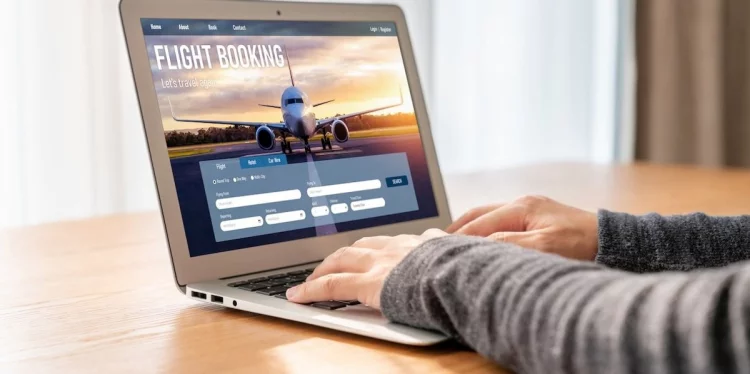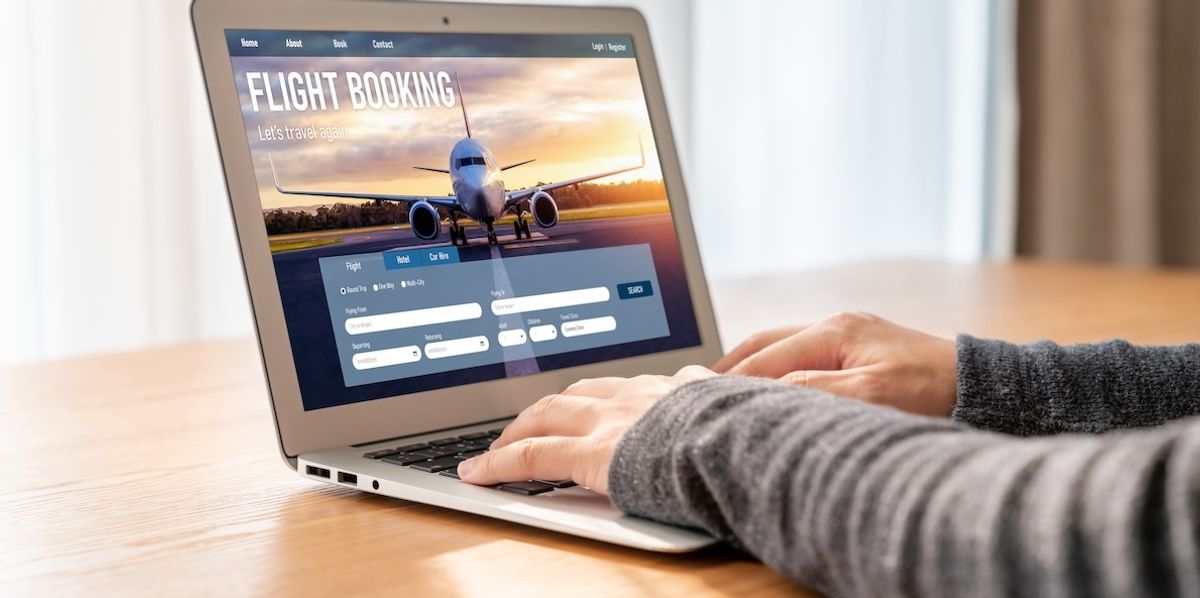How airline tech “advances” are setting back our end consumers
While airlines have smartly upgraded their retailing capabilities — but at a cost to other players in the field, including consumers.


After 25 years with Amadeus, I decided to take a long break and enjoy true leisurely travel. No doubt that time is the ultimate luxury, visiting remote parts of our planet without any set travel dates is an amazing experience — once you have managed to book your flight tickets! This six-month trip around the world gave me firsthand experience on how far we are, as an industry, to meeting our customer needs when it comes to traveling away from main hubs on “exotic” routes. And it is not good.
User experience back to Middle Ages
A few decades ago, our industry was proud to be one of the first global e-commerce ecosystems, before “e-” was even a thing. Anyone could purchase the most complex itinerary anywhere around the world from their travel agency down the street in their local currency and then show up halfway around the planet to be greeted on your flight. It was magic.
Then the industry moved online, with the promise to build new digital travel experiences. Unfortunately, some of the end user use cases were lost along the way. Twenty years later we still mostly support one-way and round-trip requests, with a few exceptions such as multi-itinerary searches. Not all was lost as there was still a backup option with native access to reservation systems for more complex itineraries, provided you could reach out to someone with such access.
Subscribe to our newsletter below
Over the past decade, we have slowly but surely removed content from systems that were enabling these more “complex” use cases — schedule-driven searches, multi-ticket pricing, open calendar views — further impacting our ability as an industry to deliver a relevant customer experience. We are not talking about amazing new 21st century innovative features, but functionality that was available to consumers in 2015!
Google Flight is a good case study of this downward trend. With the purchase of ITA Software and Google enormous processing power, Google Flight was able to build innovative features that customers really enjoyed. It took a few years (and a lot of investments), but by 2015 Google Flight delivered unique use cases: instant response time, multi-cabin searches, dynamic calendar views. Then came low-cost carrier and new distribution capability content which, by design, are incompatible with the caching technology that powered the Google Flight user experience. Now users have to choose between great features with missing content or wholistic content with limited use cases. Not a great choice.
Back to my initial story, we can summarize our current limitations from an end user perspective as follows:
Building complex itineraries: As soon as you look beyond your typical weekend round trip, the first question that matters to long-haul travelers is not “How much does it cost?” but rather “How do I get there?” The more innovative travel brands have managed to find hacks or convinced their main airline partners to grant them backdoor access to specific content. Unfortunately, content coverage remains limited, impacting the relevance of the more innovative flight features.
Flexible pricing: Advanced users want to build their own travel itineraries with one-way fares, open-jaw and virtual interline connections, which are often the only way to reach your destination. One World Explorer is one of many attempts at offering a consumer tool to build complex itineraries. However, the fact that content is limited to a subset of routes from a specific airline alliance network defies the whole purpose and makes it a waste of development resources.
At this stage, some of you might say. Yes, this is great, but these are niche use cases that represent a tiny part of our business. Fair point, as it is indeed not easy to give a quantitative answer, however: 1) Digital nomads are world travelers with disposable income who are ready to spend money on these exotic destinations, and (for having talked to many of them over the past few months) they spend way too much time planning their next trip. 2) As corporate travelers move to online corporate booking tools, who will help them build their complex trips once all skilled travel agents have retired? 3) Let’s add senior travelers, like my dad, who is totally confused by each individual airline website offering totally different user experiences and who would love to be able to rely on a trusted online travel agency with a streamlined booking flow, without having to comprise on content. No doubt there are many more niche use cases that add up to the overall business case.
What we need is vertical innovation
As an industry, we are failing to address customer needs and also to prepare ourselves to tackle the fundamental industry-transforming generative artificial intelligence trend. AI requires readily available data sets to train models and enable new capabilities, but our current trajectory takes us towards more data segregation behind old fashioned application programming interface (API). There is no way most advanced large language models can make sense of our travel data today, and until this is fixed our industry will continue wasting investment budgets on innovative user experiences with major content gaps and amazing new airline products that cannot be put on store shelves in front of customers. No great innovation will come from our industry unless we start collaborating vertically, from end consumer user interface to supplier systems.
Today, each layer of the travel supply chain (metasearch, travel agencies, distribution systems, suppliers, IT providers) has a specific view of what our industry needs. It sometime comes from a selfish assessment of the way forward (How can I own the traveler? How can I control my distribution?). But more often it comes from a lack of understanding of the value proposition and challenges of other players up and down our travel supply chain: Aren’t metasearch a more efficient channel than paid advertising? How much incremental business can an online travel agency bring me up top of my loyal customers? How can I put my product on more shelves, beyond my current reach?
This misunderstanding leads to counterproductive decisions. NDC is the perfect example. Airlines have made a bold decision to upgrade their retailing capabilities, which is a valid strategic move. However, this transformation has a major impact on other players in the supply chain and what was supposed to be a set forward for our industry is taking us three steps backwards with a net negative impact on the end consumer. The truth is that these airline retailing capabilities are not incompatible with traveler use cases, if we agree to collaborate to make NDC works across our end-to-end travel supply chain.
The good news is that there is a path to reconcile airline retailing and traveler use cases, with a few tweaks to the NDC model: external push of baseline offer set, combined with powerful upsell API. The bad news is that this evolution requires collaboration between the different stakeholders between airlines and the end consumer, respecting the role and the needs of each player. Today these conversations are only happening one-to-one to build workarounds, and we need industrywide collaboration to reignite true innovation that will benefit our shared end consumers.

 oujisama
oujisama 












